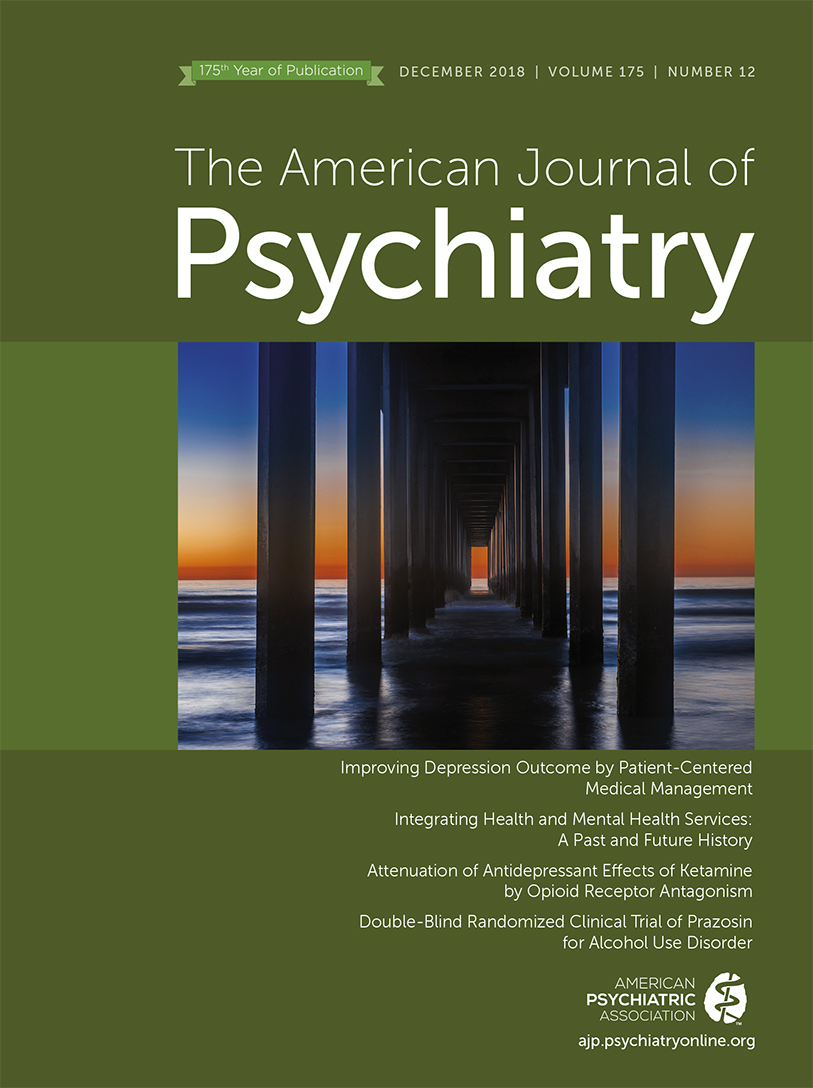Risk of Major Malformations in Infants Following First-Trimester Exposure to Quetiapine
Abstract
Objective:
Second-generation antipsychotics are commonly prescribed to reproductive-age women for the treatment of a spectrum of psychiatric disorders. Quetiapine is the most commonly prescribed medication in this class, and therefore a better understanding of its reproductive safety profile is critical. The goal of this study was to determine the risk of major malformations among infants exposed to quetiapine during pregnancy compared with a group of infants whose mothers had a history of psychiatric morbidity but who did not use a second-generation antipsychotic during pregnancy.
Method:
The National Pregnancy Registry for Atypical Antipsychotics interviews pregnant women ages 18–45 during pregnancy and the postpartum period. Obstetric, labor, and delivery medical records and pediatric medical records from the first 6 months of life were screened for evidence of major malformations, followed by adjudication by a blinded dysmorphologist. Women with first-trimester exposure to quetiapine were compared with control subjects without exposure to second-generation antipsychotics.
Results:
As of March 2017, 888 women had enrolled prospectively and 357 were eligible for analysis. Of these, 152 women with first-trimester exposure to quetiapine were compared with 205 control subjects without any second-generation antipsychotic exposure. For the 155 infants born to women in the exposed group (including three sets of twins), two major malformations were confirmed (1.3%), compared with three major malformations among the 210 infants born in the unexposed group (including five sets of twins) (1.4%). The unadjusted odds ratio for major malformations between infants with and without quetiapine exposure was 0.90 (95% CI=0.15, 5.46), which is consistent with the pooled estimate of the available controlled data on fetal exposure to quetiapine.
Conclusions:
These data regarding the safety of fetal exposure to quetiapine in a small sample of well-characterized participants are reassuring given that the confidence interval does not exceed a fivefold increased risk of major malformations relative to psychiatric control subjects. Future analyses based on ongoing data collection will produce more precise estimates.



